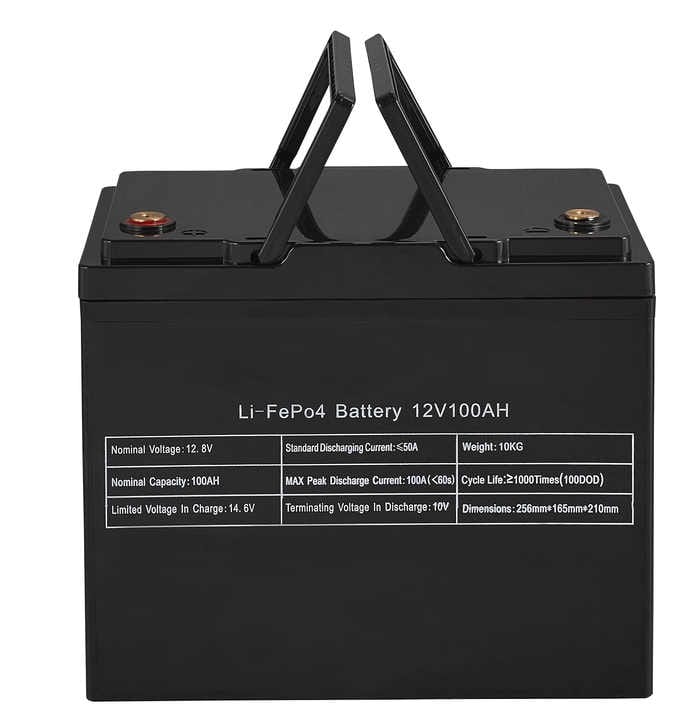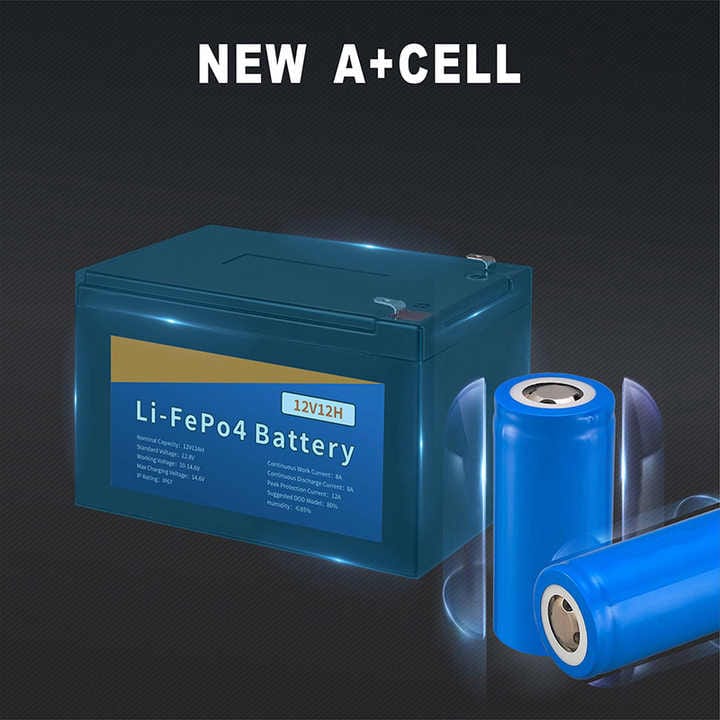Lithium-ion batteries power up our lives, from smartphones to laptops—they’re the energy heroes in our gadgets! But sometimes, they run out of juice and won’t charge up again. Don’t worry; you might not have to say goodbye just yet. With a bit of know-how, you can try to wake up that sleepy battery. It’s like giving it a pep talk to get back in the game. And I’m here to guide you through how to safely give your battery a second chance at life with some simple revival tips. Ready to play battery doctor? Let’s get started!

Can you revive a dead lithium battery?
Reviving a dead lithium battery can be tricky. If it’s deeply discharged, it might seem like it’s gone for good. But sometimes, you can bring it back to life with a careful charge. You must use a charger that’s made for lithium batteries and start with a slow charge. If the battery has protection circuitry, it might just need a little boost to get going again. Be careful, though, because trying to revive a battery that’s damaged or faulty can be dangerous. If you’re not sure, it’s always best to ask a professional or replace the battery to stay safe.
How to revive lithium ion battery?
Reviving a lithium-ion battery that’s lost its charge can be a delicate process. It’s important to approach this task with caution and knowledge. Here’s a step-by-step guide to help you try to breathe new life into your lithium-ion battery safely.
Understand the Situation
Lithium-ion batteries can “die” for a few reasons. They might be over-discharged, have a failed cell, or be suffering from age. Some “dead” batteries can have a second life, but it’s important to figure out if it’s safe to try a revival. If the battery is swollen, leaking, or damaged, it’s best to recycle it rather than attempt to revive it.
Safety First
Before you begin, make sure to work in a well-ventilated area and wear protective gear like gloves and safety glasses. Keep a fire extinguisher close by at all times, just in case. Safety is the top priority when working with batteries.
Initial Diagnosis
Try to charge your battery with its original charger. If the charger’s light doesn’t indicate charging, or if it’s flashing in an unusual pattern, it suggests the battery is deeply discharged or potentially faulty.
Jumpstarting the Process
Sometimes, a deeply discharged battery just needs a bit of encouragement to start charging again.
Basic Jumpstart
Connect a functional charger to the dead battery.
If the charger lights up but the battery doesn’t charge, leave it for a few minutes.
Sometimes the battery wakes up on its own and begins taking the charge.
Advanced Techniques
For more advanced users, a boost with a second, healthy battery might be necessary.
Carefully connect the positive terminal of the good battery to the positive of the dead one.
Do the same with the negative terminals and hold for a few minutes.
This can give the dead battery enough charge to start accepting a charge from its charger.
Using a Recovery Charger
Some chargers are designed specifically for reviving dead batteries. These chargers start with a low voltage and gradually increase, which can safely recharge a deeply discharged battery.
The Freezer Method
Anecdotally, some have found success by placing the battery in a sealed plastic bag and putting it in the freezer for about 12 hours. Afterwards, warm it up to room temperature and try charging it. This method is controversial and should be used as a last resort, as temperature extremes can be harmful to batteries.
Monitoring and Testing
If you have managed to get some charge into the battery, keep a close eye on it. It should remain cool to the touch. Once it’s partially charged, test it with a multimeter to see if it’s holding the charge.
Full Charge and Usage
If the battery begins to hold a charge and reaches a full charge, try using it normally. If it drains too quickly or doesn’t hold a charge, it’s likely the battery is at the end of its life.
When to Call It Quits
If none of these steps work, or the battery seems unstable at any point, it’s time to recycle it. It’s not worth the risk to keep trying with a battery that’s unwilling to charge.
Proper Disposal
Remember, if the battery cannot be revived, dispose of it properly. Lithium-ion batteries shouldn’t be thrown in the trash. Take them to a battery recycling facility or a store that accepts batteries for recycling.
Prevention for the Future
To prevent future batteries from dying prematurely:
- Keep them at room temperature.
- Avoid fully discharging them frequently.
- Store them with a partial charge if you won’t be using them for a while.
Reviving a lithium-ion battery can be a useful skill, but it carries certain risks. Always prioritize safety and know when it’s time to let a professional handle it or simply replace the battery.

FAQs
Can I revive a dead lithium-ion battery at home?
Yes, you might revive a dead lithium-ion battery at home if it’s just deeply discharged and not damaged. You’ll need to use a charger that can kick-start it with a slow charge. But, be careful: if the battery looks swollen or damaged, don’t try to revive it—safety comes first!
What should I do if my lithium-ion battery won’t charge?
First, check the charger and battery contacts for any dirt or damage. If they’re clean and it still won’t charge, you can try to jumpstart the battery with a special recovery charger. Remember to never force a charge if the battery is hot or looks odd—it might be time for a new one.
How long should I try to revive a lithium-ion battery?
Try to revive your battery for a few minutes up to an hour with a proper charger. If there’s no sign of life, such as a light on the charger or some warmth from the battery, it’s likely beyond help. Constantly check it during this process to make sure it doesn’t overheat.
Is it safe to put my lithium-ion battery in the freezer to revive it?
The freezer method is a bit of a last-ditch effort and isn’t guaranteed to be safe. Temperature changes can potentially damage the battery. It’s better to use a charger designed for reviving batteries. If you do try the freezer, put the battery in a sealed bag to keep moisture out.
What’s the best way to prevent my lithium-ion battery from dying?
To keep your lithium-ion battery in tip-top shape, avoid letting it fully drain often. It’s happiest with partial charges rather than going from 100% to 0%. Also, keep it cool and dry—extreme temperatures can hurt it. If you’re not using it for a while, store it with a 50% charge.
